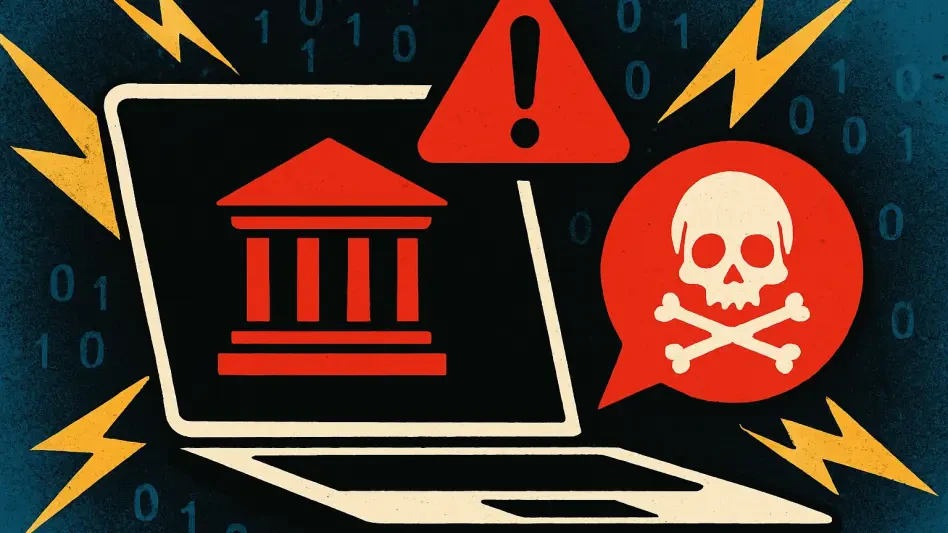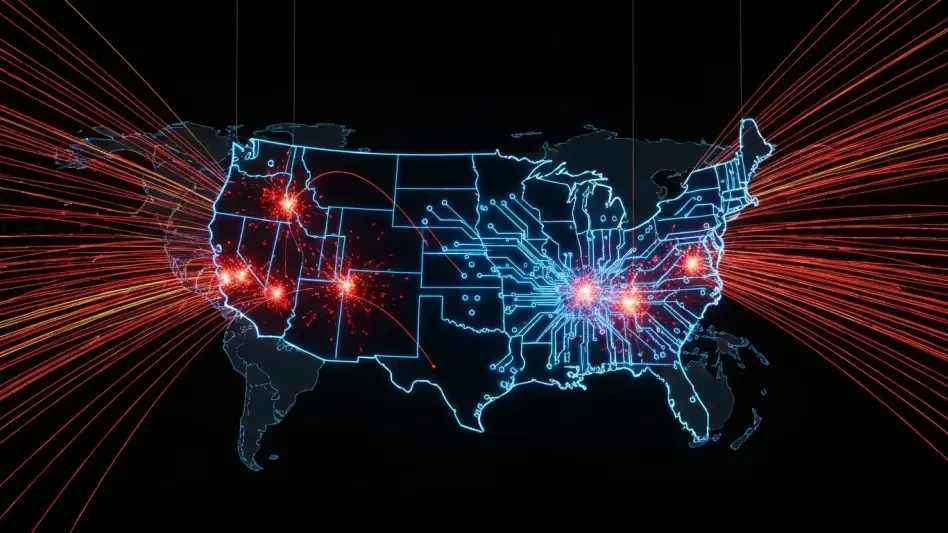The year 2025 has witnessed an alarming rise in data breaches, setting a new pace that threatens to break all prior records. According to recent findings from the Identity Theft Resource Center, the first half of 2025 alone experienced 1,732 data compromises. This surge represents a concerning five percent increase over the same period in 2024. What adds weight to these statistics is not just the numbers but the real-world impact, with breaches leading to 114,582,621 victim notices. Nonetheless, there is an intriguing development: the overall number of victim notices has dropped dramatically, with only 12 percent of those seen in the previous year. This paradox primarily results from a decline in mega breaches. Yet, cyberattacks remain the dominant force driving these compromises, and while fewer large-scale breaches are reported, the constant threat of cyber infiltration persists.
Transparency and the Quest for Solutions
One of the most pressing issues with data breaches in 2025 is the startling lack of transparency surrounding the root causes of these incidents. Current data shows that a staggering 69 percent of breach notices fail to include information on what caused the breach. This persistent trend highlights a critical gap in understanding and addressing the mechanisms of cyber threats. It not only hampers efforts to develop effective preventive measures but also exacerbates the challenges faced by companies trying to safeguard their data. Industries most targeted—including financial services and healthcare—are of particular concern. While the financial sector showed a slight decline in the number of breaches, healthcare now faces an increased assault. This sector-specific variability underscores the tailored strategies attackers may use and necessitates sector-specific defenses to counteract them. Moreover, without clear insights into how breaches occur, crafting robust responses remains an uphill battle.
The emergence and exploitation of recycled information, primarily involving logins and passwords, compound the complexity of these cyber threats. The rise of such activities highlights a need for both individuals and organizations to maintain stringent data protection protocols. The increase in recycled data use emphasizes vulnerabilities that emerge from previously leaked information. Such vulnerabilities reveal how cybercriminals capitalize on existing data, exploiting it repeatedly across platforms, thus necessitating robust measures from tech developers and end-users alike. Moreover, companies and individuals alike are urged to remain vigilant, regularly updating passwords and utilizing authentication tools. Preventive measures, combined with a clear understanding of breach causes, are essential steps in mitigating the risks of data breaches.
Physical and Supply Chain Threats
Beyond the digital realm, 2025 also saw a notable increase in physical attacks, surpassing the numbers reported throughout 2024. This rise in physical intrusions into organizational systems signals a broader spectrum of vulnerabilities that must be recognized and addressed. Close monitoring of these incursions is crucial as they present unique challenges, often circumventing traditional cybersecurity protocols. These breaches highlight the critical role of physical security measures in protecting sensitive information and emphasize the need for a nuanced approach that encompasses both digital and physical safeguards.
Another significant facet of 2025’s data breach landscape is the escalation of supply chain attacks. The figures speak loudly, with 79 supply chain incidents affecting 690 entities and resulting in 78,320,240 victim notices. These attacks illustrate how vulnerabilities in third-party systems can cascade through interconnected networks, causing widespread disruptions. Supply chains, often perceived as the backbone of various industries, have become attractive targets for cybercriminals. Such attacks highlight the critical need for organizations to not only secure their systems but also ensure their partners uphold rigorous cybersecurity standards. Through collaboration and stringent vetting processes, companies can insulate themselves against potential threats lurking within their networks. Moreover, adopting a culture of proactive risk management focused on understanding and mitigating third-party vulnerabilities can help withstand such attacks.
The Path Forward
In 2025, a significant issue in data breaches is the alarming lack of transparency regarding their root causes. Currently, 69 percent of breach notices do not detail the cause, creating a major gap in understanding cyber threats. This omission impedes efforts to develop effective preventive measures and complicates the task for companies struggling to protect their data. Particularly vulnerable are financial services and healthcare sectors, though with varying experiences; while financial services see a slight drop in breaches, healthcare faces more attacks. This variability suggests attackers might tailor their strategies to specific sectors, requiring defenses unique to each. Furthermore, without clear insights into how breaches happen, crafting strong responses is daunting. The recycling of data, such as logins and passwords, adds complexity. These activities display vulnerabilities that arise from past leaks, leading to repeated exploitation by cybercriminals. Consequently, individuals and firms must adopt stringent data protection, regularly updating passwords and implementing authentication tools.








